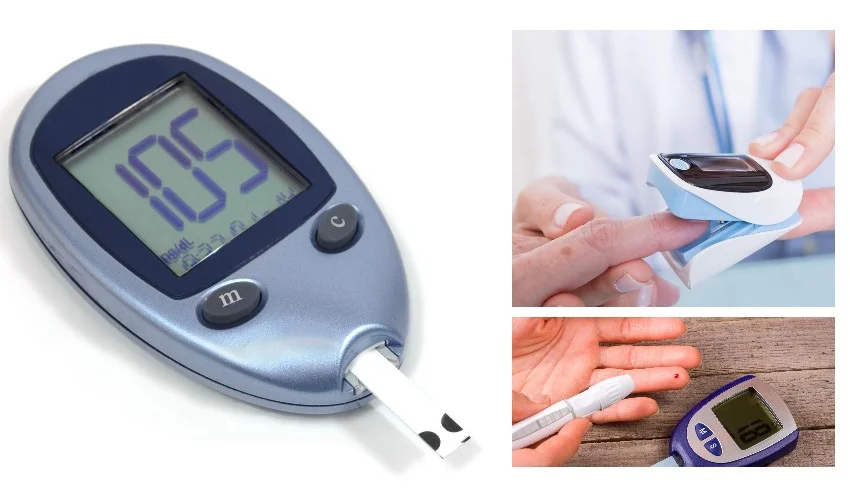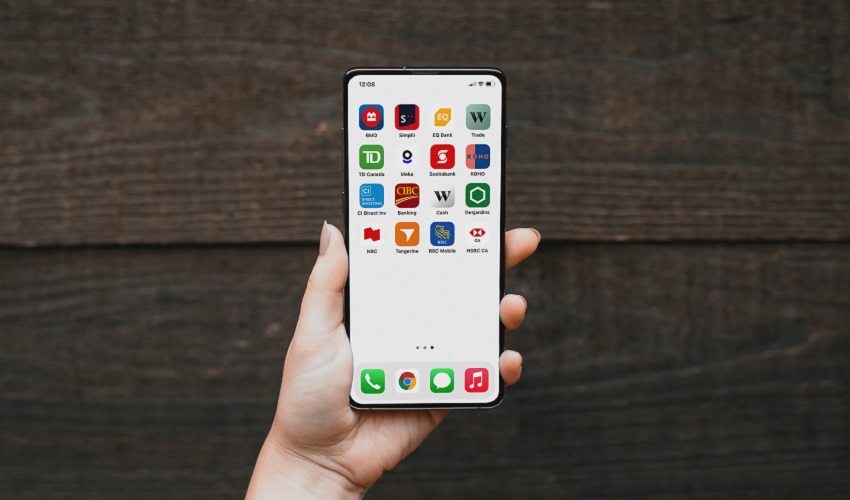Living with diabetes requires careful monitoring of blood glucose levels to maintain optimal health. Glucose meters are essential tools that allow individuals with diabetes to monitor their blood sugar levels conveniently and accurately. This article aims to provide a comprehensive guide on how to use a glucose meter effectively and interpret the readings, catering to both diabetic patients and their caregivers.
Understanding Blood Glucose
The Importance of Blood Glucose Monitoring: Monitoring blood glucose levels is crucial for individuals with diabetes. It helps in managing the condition, preventing complications, and maintaining overall health. By regularly measuring blood sugar levels, individuals can make informed decisions regarding medication, diet, and physical activity. Monitoring also enables early detection of hypo- or hyperglycemia, allowing prompt intervention to prevent adverse outcomes.
Selecting the Right Glucose Meter
Considerations for Choosing a Glucose Meter
When choosing a glucose meter, several factors should be considered to ensure accurate and reliable readings. These factors include:
- Accuracy: Select a meter known for its accuracy and precision.
- Ease of Use: Look for a meter that is user-friendly and has clear instructions.
- Cost: Consider the affordability of the meter and the ongoing cost of test strips.
- Features: Determine which features are important to you, such as memory storage, data connectivity, or alternative site testing. It is essential to consult with healthcare professionals to receive guidance on selecting the most suitable glucose meter for your needs.
Preparing for Glucose Testing
Gather Essential Supplies: Before testing blood glucose, gather the necessary supplies to ensure a smooth process. These supplies include:
- Glucose meter: Ensure it is clean, in working condition, and has a fully charged battery.
- Lancets: These are small, sterile needles used for pricking the finger to obtain a blood sample.
- Test strips: These are inserted into the meter to measure blood glucose levels.
- Alcohol swabs: Use alcohol swabs to clean the finger before pricking it.
- Sharps container: Dispose of lancets and test strips in a puncture-resistant container.
Hand Hygiene and Finger Prick
To ensure accurate results, follow these steps:
- Wash your hands with soap and water, then dry them thoroughly.
- Select an appropriate finger for pricking. It is recommended to rotate fingers to minimize discomfort.
- Use an alcohol swab to clean the chosen finger and let it dry completely.
- Prick the side of the fingertip with a lancet. Avoid pricking too close to the nail or the pad of the finger.
Using the Glucose Meter
Inserting the Test Strip: Each glucose meter has specific instructions for inserting the test strip. Follow these general steps:
- Turn on the glucose meter if necessary.
- Insert the test strip into the designated slot or port.
- Ensure the strip is fully inserted and properly aligned with the meter.
Applying the Blood Sample
After inserting the test strip, apply the blood sample as follows:
- Gently squeeze the chosen finger to obtain a small blood droplet.
- Touch the blood droplet to the designated area on the test strip.
- Wait for the meter to process the sample and display the result.
Reading and Recording the Results
Once the meter has processed the blood sample, it will display the blood glucose reading. Follow these steps:
- Read the glucose level displayed on the meter.
- Take note of the date and time of the reading.
- Record the reading in a logbook, notebook, or a digital tracking system.
- If the meter has memory storage, ensure it is regularly downloaded and backed up to track long-term trends.
Interpreting Glucose Readings
Target Blood Glucose Ranges: The target blood glucose ranges may vary depending on individual factors, diabetes type, and treatment plans. The American Diabetes Association recommends the following general target ranges:
- Fasting blood glucose: 80-130 mg/dL (4.4-7.2 mmol/L)
- Pre-meal blood glucose: 80-130 mg/dL (4.4-7.2 mmol/L)
- Post-meal blood glucose: Less than 180 mg/dL (10.0 mmol/L) It is important to consult with healthcare professionals to determine personalized target ranges.
Table: Target Blood Glucose Ranges
| Blood Glucose Measurement | Target Range (mg/dL) | Target Range (mmol/L) |
|---|---|---|
| Fasting Blood Glucose | 80-130 | 4.4-7.2 |
| Pre-Meal Blood Glucose | 80-130 | 4.4-7.2 |
| Post-Meal Blood Glucose | Less than 180 | Less than 10.0 |
Hypoglycemia (Low Blood Sugar)
Hypoglycemia occurs when blood glucose levels drop below normal ranges. Common symptoms include shakiness, dizziness, sweating, confusion, and rapid heartbeat. If experiencing hypoglycemia, take immediate action to raise blood sugar levels, such as consuming glucose tablets, fruit juice, or sugary snacks. Recheck blood glucose levels after treating hypoglycemia to ensure they return to the target range.
Hyperglycemia (High Blood Sugar)
Hyperglycemia refers to elevated blood glucose levels. Symptoms include frequent urination, increased thirst, blurred vision, fatigue, and slow wound healing. If experiencing hyperglycemia, follow your healthcare professional’s guidance to manage it effectively. Adjustments in medication, diet, and physical activity may be necessary to bring blood sugar levels back into the target range.
Troubleshooting and Maintenance: Common Glucose Meter Issues: Glucose meters may encounter occasional issues. If you encounter error messages or inconsistent readings, refer to the meter’s user manual for troubleshooting steps. If the problem persists, contact the manufacturer’s customer support for further assistance.
Glucose Meter Maintenance
To ensure accurate readings, follow these maintenance practices:
- Clean the meter regularly following the manufacturer’s instructions.
- Calibrate the meter as recommended by the manufacturer.
- Perform regular quality control checks using control solutions provided by the manufacturer.
- Replace batteries as needed and keep spare batteries on hand.
Storing and Sharing Glucose Data
Storing Glucose Data
Storing blood glucose data over time helps identify patterns and trends, assisting healthcare professionals in making informed decisions about diabetes management. Consider using a logbook, notebook, smartphone apps, or other digital tracking systems to store and organize data securely.
Sharing Glucose Data
Sharing blood glucose data with healthcare professionals is beneficial in managing diabetes effectively. It provides valuable insights into glucose fluctuations, medication effectiveness, and overall treatment progress. Discuss with your healthcare team the best method for sharing data, such as through apps, email, or during regular check-ups.
Proper utilization of a glucose meter is essential for effective diabetes management. By following the guidelines outlined in this article, diabetic patients and their caregivers can confidently use a glucose meter and accurately interpret blood glucose readings. Remember to consult healthcare professionals for personalized advice and guidance. Regular monitoring of blood glucose levels empowers individuals to make informed decisions and maintain optimal health.




